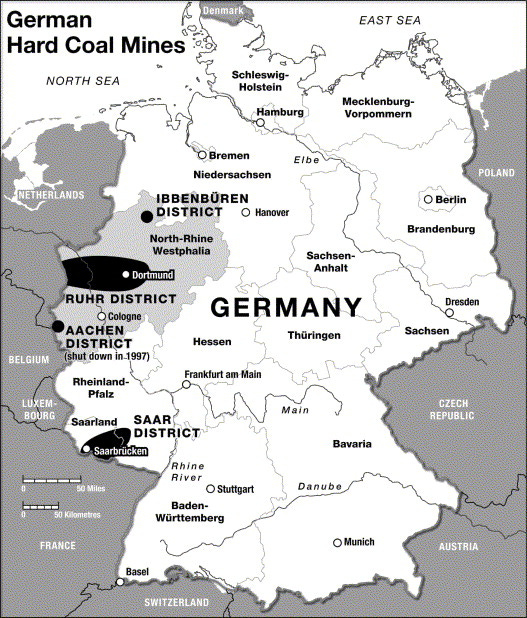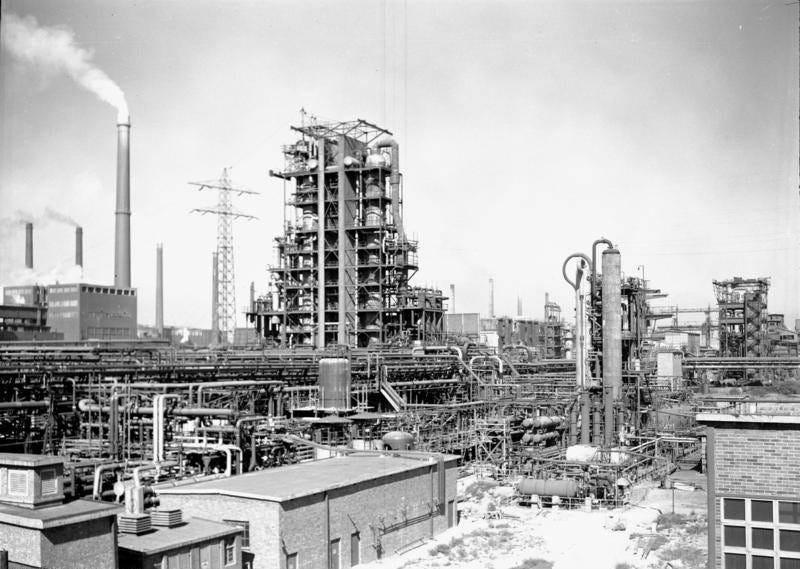Germany’s Coal Gamble in WWII: A Fueling Conflict—and China’s Echo
China's vast coal reserves present a significant opportunity for producing oil, natural gas, and a range of chemicals. This strategy could diminish the nation’s reliance on imports, bolstering energy.
As the world spiraled into chaos during World War II, Germany's energy strategy pivoted on an often-overlooked resource: coal. In an era marked by scarcity and strategic necessity, the Nazi regime turned to its vast coal reserves to fuel its war machine, revealing a complex interplay between resource dependence and military ambition. Fast forward to today, and China finds itself echoing this historical precedent as it embarks on its own coal-centric path.
The Black Gold Beneath
Germany was blessed—or cursed, depending on one’s perspective—with rich coal deposits, particularly in the Ruhr Valley. As early as the 1930s, the Nazi regime recognized the potential of coal not just as an energy source but as a lifeline for its militarization efforts. The drive for self-sufficiency became paramount, especially as international tensions escalated and conventional oil supplies became increasingly precarious.
The idea of transforming coal into synthetic fuels was not new; it had roots dating back to World War I. However, the Nazis sought to capitalize on these technologies to fuel their aggressive expansion. By establishing coal-to-liquids (CTL) plants, Germany aimed to convert coal into gasoline and other liquid fuels, circumventing vulnerabilities associated with imported oil.
The Fischer-Tropsch Process: A Double-Edged Sword
At the heart of Germany’s coal strategy was the Fischer-Tropsch process, a revolutionary method developed in the 1920s that allowed for the conversion of coal into synthetic hydrocarbons. This technology became a cornerstone of the Nazi regime's wartime energy policy, enabling the production of fuels vital for tanks, aircraft, and other military machinery.
Despite its promise, the process was not without drawbacks. The scale-up required massive investment and resources, and the output was often insufficient to meet the insatiable demands of a full-scale war. Furthermore, the environmental impact of such coal conversion technologies was largely ignored, leading to substantial emissions and waste.
A Turning Point in Warfare
As the war raged on, Germany's reliance on coal revealed both its strategic importance and its limitations. The sheer scale of the war effort meant that the CTL plants were crucial in maintaining fuel supplies. However, as Allied bombers targeted industrial sites, these facilities became prime targets, crippling the supply chain and illustrating the vulnerabilities inherent in a coal-dependent strategy.
In many ways, Germany's coal reliance during WWII epitomized a desperate gamble. While it provided short-term gains in fuel production, it also highlighted a broader issue: the risks of over-reliance on a single resource. As the war turned against the Axis powers, the inability to secure alternative fuel sources became glaringly apparent.
China’s Contemporary Coal Strategy
Today, China stands at a similar crossroads, embarking on its own coal-centric path amid energy security concerns and geopolitical tensions. With the world’s 4th largest coal reserves and a burgeoning economy, Beijing is looking to coal not only as an immediate energy source but also as a foundation for its strategic ambitions.
Keep reading with a 7-day free trial
Subscribe to The Monetary Skeptic to keep reading this post and get 7 days of free access to the full post archives.





